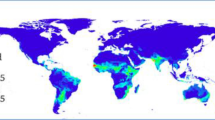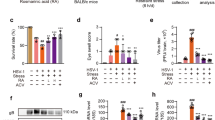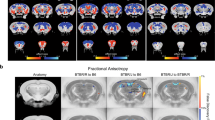Abstract
Nieschulz1 and Alexander2 independently showed that horsesickness virus multiplies in the brains of Swiss albino mice. Alexander3 reported later the successful cultivation of mouse-adapted horsesiekness virus in the brains of guinea pigs, rats and other rodents. He also succeeded in cultivating a mouse-adapted strain of virus in embryonated hen's eggs, in which multiplication of the virus occurred in the brain of the embryo without producing any specific mortality4. McIntosh5 propagated viscero-tropic horsesickness virus strains in 8-day-old embryonated hen's eggs at an optimum temperature of 32° C. Embryo mortality occurred regularly during the initial passages.
This is a preview of subscription content, access via your institution
Access options
Subscribe to this journal
Receive 51 print issues and online access
$199.00 per year
only $3.90 per issue
Buy this article
- Purchase on SpringerLink
- Instant access to full article PDF
Prices may be subject to local taxes which are calculated during checkout
Similar content being viewed by others
References
Nieschulz, O., Tydsch. Diergeneeskunde, 59, 1433 (1932).
Alexander, R. A., J.S. Afr. Vet. Med. Assoc., 4, 1 (1933).
Alexander, R. A., Onderstepoort J. Vet. Sti. Anim. Ind., 4, 291 (1935).
Alexander, R. A., Onderstepoort J. Vet. Sci. Anim. Ind., 11, 9 (1938).
McIntosh, B. M. (unpublished observations).
Reed, L. J., and Muench, H., Amer. J. Hyg., 27, 493 (1938).
McIntosh, B. M., Onderstepoort J. Vet. Res., 27, 165 (1956).
Author information
Authors and Affiliations
Rights and permissions
About this article
Cite this article
ERASMUS, B. Cultivation of Horsesickness Virus in Tissue Culture. Nature 200, 716 (1963). https://doi.org/10.1038/200716a0
Issue date:
DOI: https://doi.org/10.1038/200716a0



